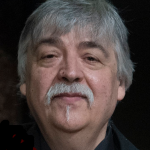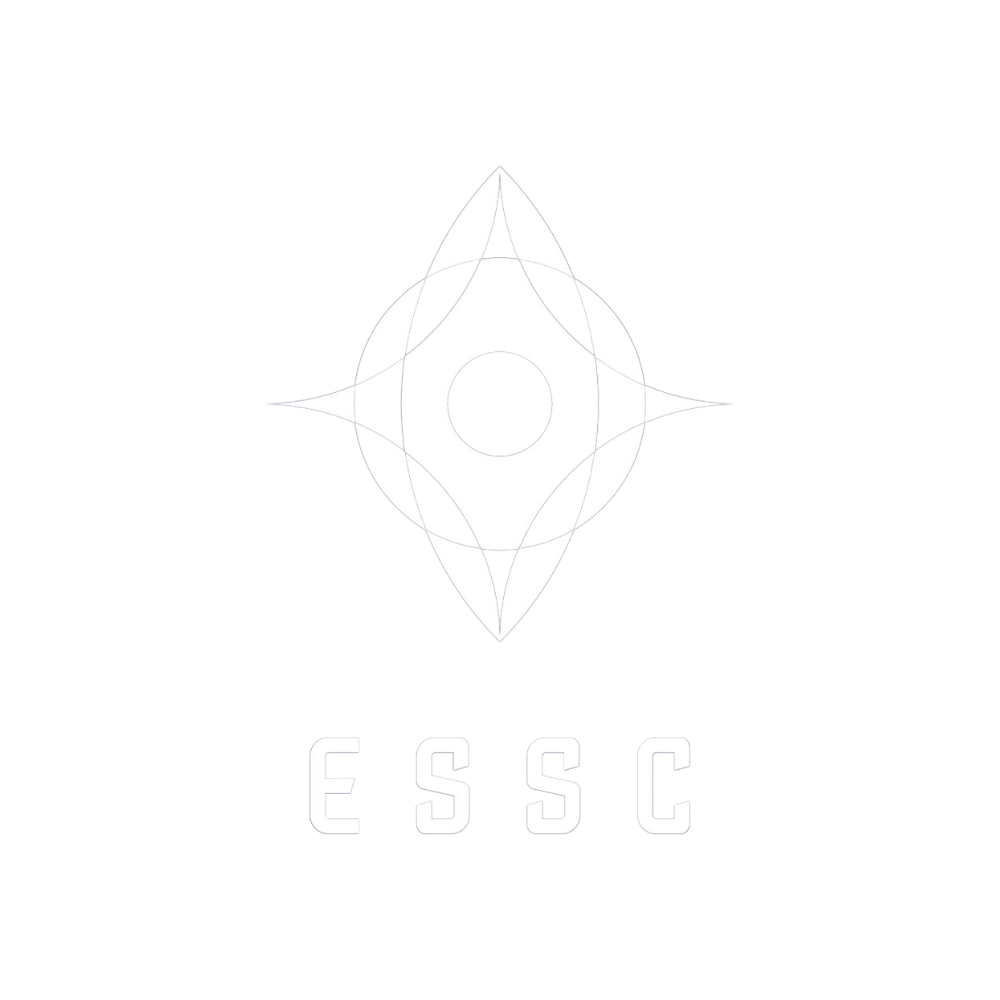ESSC Members

Dr László Gránásy
Wigner Research Centre for Physics, Budapest, Hungary
Research Interests
Numerical modelling
LÁSZLÓ GRÁNÁSY, DSc is a physicist working on computational materials science. He is a research professor at the Wigner Research Centre for Physics, Budapest, Hungary, member of the Academia Europaea (London), and corresponding member of the Hungarian Academy of Sciences.
His space science activities started in 1992-1993 with an Alexander von Humboldt Scholarship spent at the Institut für Raumsimulation in the Deutsche Forschungsanstalt für Luft- und Raumfahrt, Köln, Porz, Germany, where he worked on theoretical description of nucleation processes. Returning to Hungary, he participated a number of projects of the Microgravity Application Programme (MAP) by ESA, in the areas of nucleation, phase selection, phase separation, and solidification of metallic alloys, where his research team provided computational materials science support to these projects. Since 2000, they developed advanced phase-field models that include homogeneous and heterogeneous nucleation, and such exotic nucleation processes as growth front nucleation. Relying on their models, they described such complex polycrystalline growth morphologies as spherulites, crystal sheaves, fractal-like polycrystalline aggregates, and spiraling eutectic dendrites. Utilizing the computer models they developed, and relying on ESA Prodex and PECS funding, they participated in various ESA MAP projects aimed at developing new materials/methodologies: optimizing magnetic materials
via phase selection, developing lead-free self-lubricating bearings, high temperature alloy for gas turbine blades, development of in situ composites, and modeling of laser additive manufacturing, etc.
Recently, he works with his colleagues on exploring solidification in peritectic systems in the framework of a MAP project. A new research direction is the mathematical modeling of biological crystallization phenomena.
Prof Gránásy is the author of over 200 scientific publications that were cited more than 6000 times. He spent about seven years abroad at universities/research institutes in Japan, Germany, U.K., Norway, and USA.
